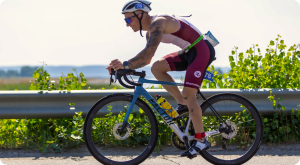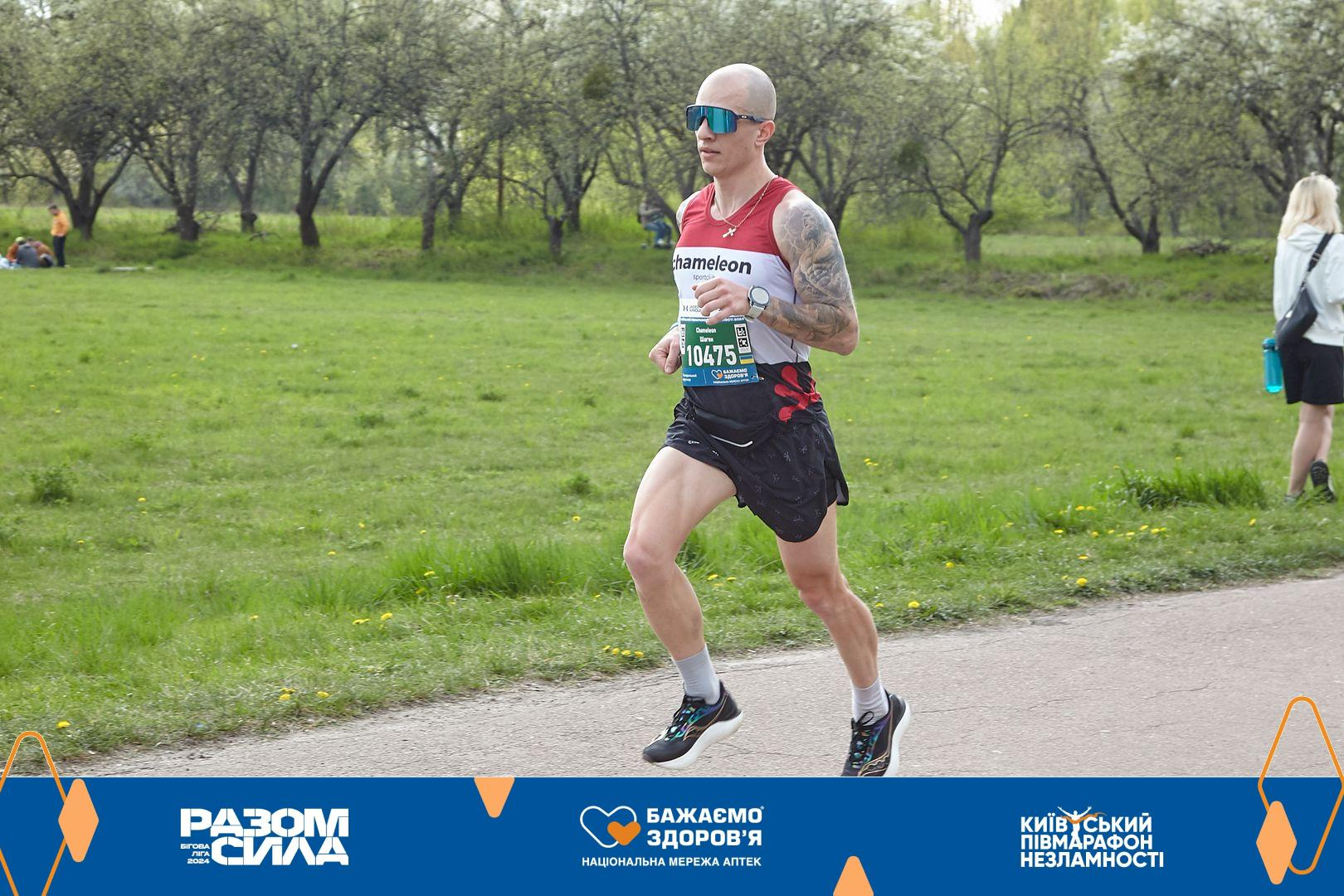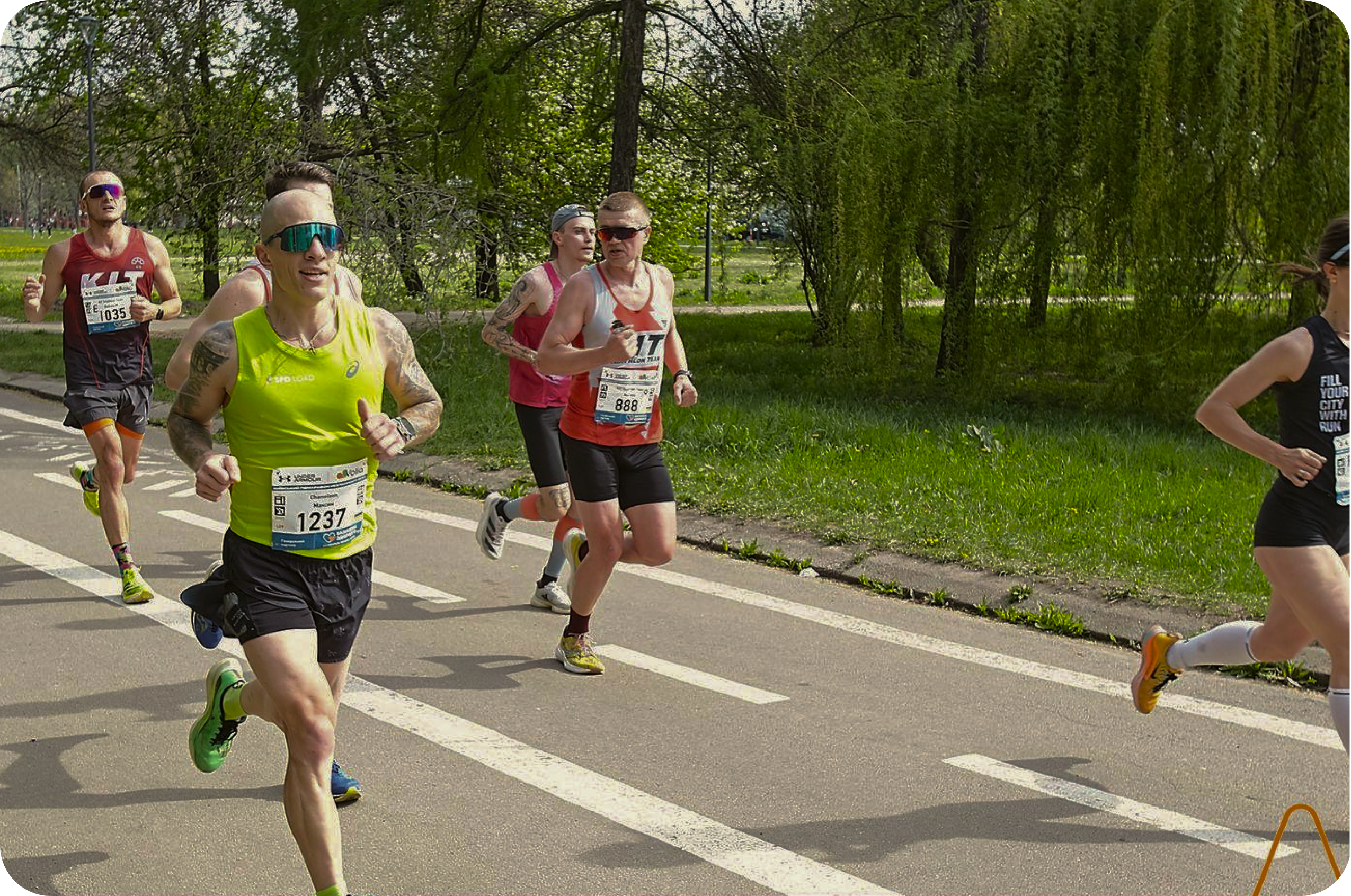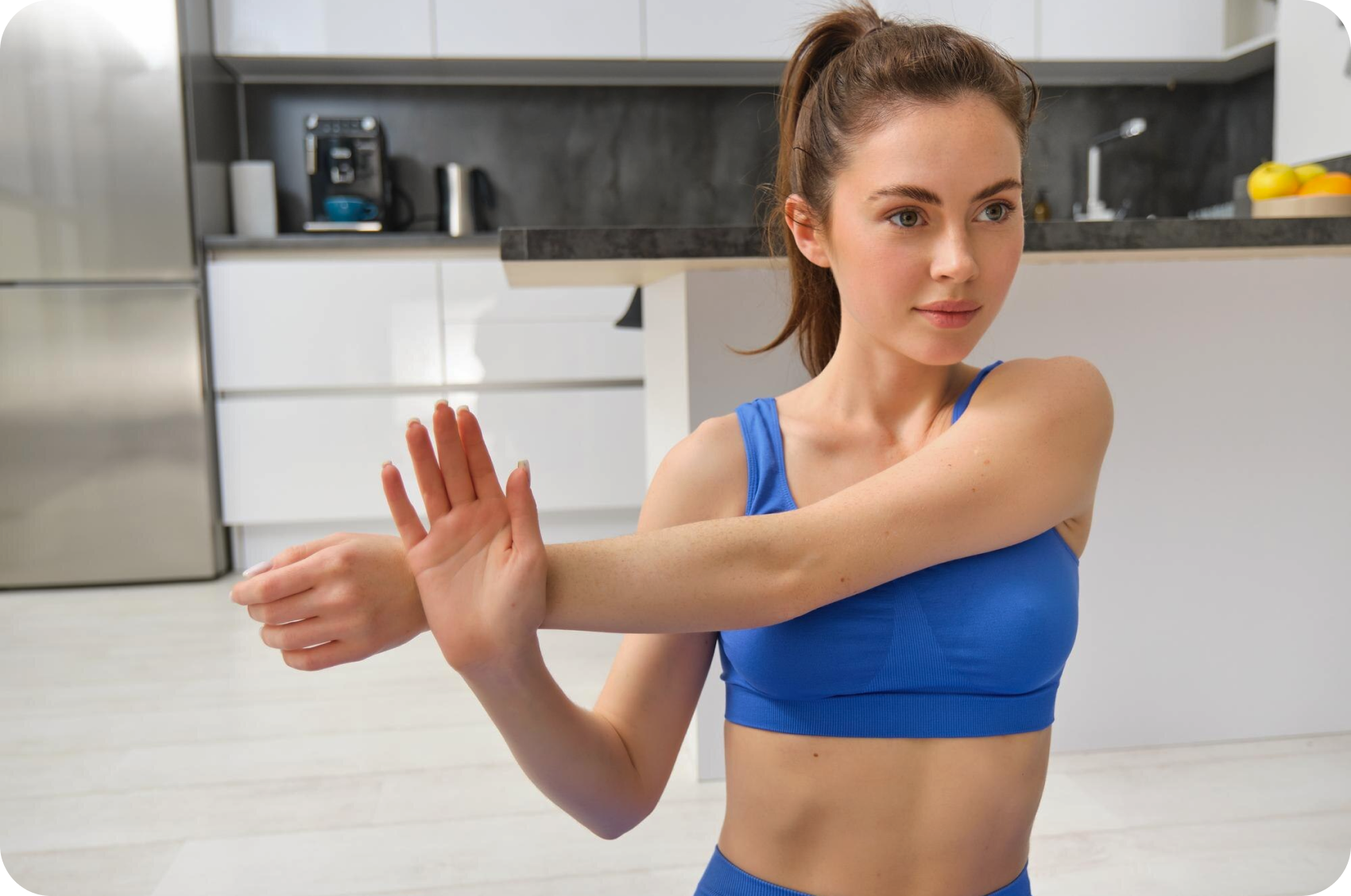What Muscles Does Biking Work and How to Train Them
Biking is a great activity, and it’s getting more and more popular every year. It’s easy to get started, great for the environment, and gentle on the joints.
Additionally, cycling boosts your cardiovascular health, strengthens muscles, and improves overall fitness.
Thinking about starting cycling or looking to improve your cycling routine?
Knowing which muscles you use while cycling can help you prepare better, recover faster, and balance your workouts.
Whether you prefer outdoor or indoor cycling or are a weekend rider or a serious cyclist, here’s what you need to know about the muscles involved in cycling to reach your goals.
CTA
Triathlon triumph starts on your plate
Explore winning nutrition strategies!
Lower Body Muscles Engaged in Cycling
Cycling is a fantastic workout for your leg muscles, but it’s not just a quad-burning activity.
Pedaling engages several muscle groups in your lower body, each playing a crucial role in propelling you forward and maintaining stability.
Let’s delve into these key players.
Quadriceps (Quads)
The quadriceps muscles are the powerhouse muscles on the front of your thighs.
During cycling, they contract with each downward pedal stroke, extending the knee and pushing the pedals.
Over time, cycling strengthens and defines these muscles, leading to increased power and efficiency on the bike.
Hamstrings
Often overshadowed by the quads, the hamstrings on the back of your thighs play a vital role in the pedaling motion.
While not the primary movers, they act synergistically with the quads, pulling the knee up during the recovery phase of the pedal stroke.
Strengthening your hamstrings through exercises like Romanian deadlifts can improve overall pedaling efficiency and prevent muscle imbalances.
Glutes
The glutes, or buttocks, are the largest muscle group in your body.
In cycling, strong glutes are essential for generating power and driving the pedals with force.
They fire with each pedal stroke, pushing the hips forward and transferring power from your upper body to your legs.
Exercises like squats and glute bridges are excellent ways to target and strengthen these powerhouse muscles for improved cycling performance.
Calf Muscles
While often overlooked, the calves play a critical role in cycling.
These muscles in your lower legs provide stability on the pedals and contribute to overall pushing power.
Strong calves help you maintain proper form and control, especially on climbs or uneven terrain.
Exercises like calf raises can strengthen these muscles and improve overall cycling efficiency.
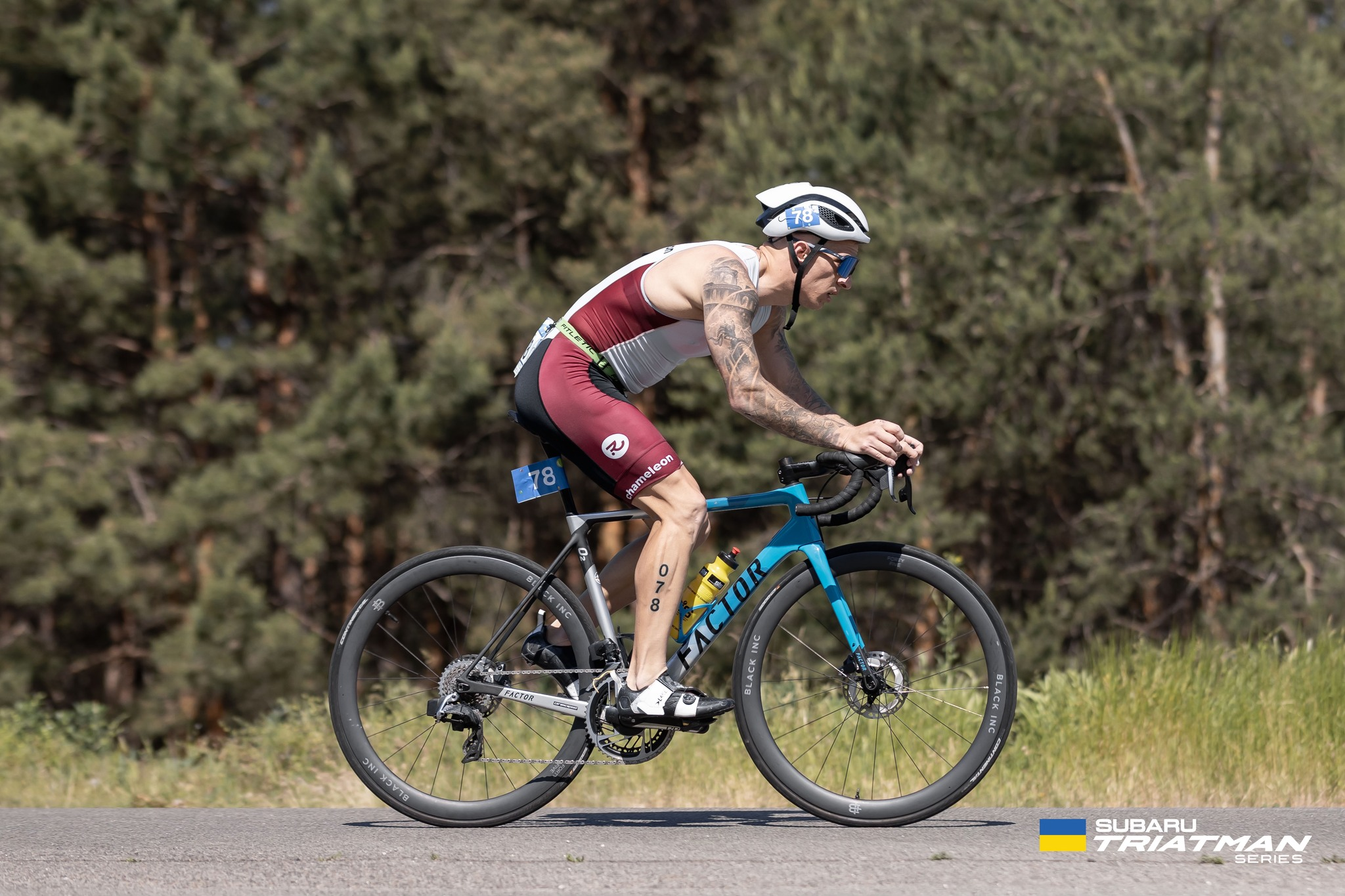
Core and Upper Body Muscles Engaged in Cycling
Bike riding isn’t just a leg workout.
Your core and upper body muscles play a vital role in maintaining stability, power transfer, and overall comfort on the bike.
Core Muscles: The Unsung Heroes
Your core acts as the central link between your upper and lower body.
While not directly involved in propelling the pedals, the core plays a critical role in keeping a good posture and maintaining balance.
It helps you absorb bumps and vibrations, prevents excessive back strain, and allows you to transfer power from your upper body to your legs more efficiently.
Exercises like planks, bird dogs, and twists can strengthen your core and improve your overall cycling experience.
Upper Body Harmony: More Than Just Holding On
While cycling primarily targets your legs, your upper body plays a crucial role in maintaining balance and control, especially on challenging terrain or climbs.
Shoulders and Arm muscles
These muscles help you steer, maintain a comfortable grip on the handlebars, and absorb shock from uneven surfaces.
Strong shoulders and arms also improve your ability to pull yourself up on hills or maneuver through technical sections.
Back Muscles
A strong back helps maintain good posture and prevents hunching, which can lead to neck and back pain.
Back muscles also contribute to power transfer during pedaling and help you maintain stability when braking or maneuvering.
Although not the primary movers, incorporating upper body exercises like rows, push-ups, and overhead presses into your routine can significantly enhance your cycling comfort, control, and overall performance.
Training Tips to Strengthen Cycling Muscles
Building a strong foundation for cycling goes beyond just logging miles. It’s a full-body workout.
Hence, a well-rounded cycling training program should incorporate moves that engage your lower and upper body muscles. This way, you enhance your overall performance and prevent injuries.
Make sure your training program incorporates exercises for all major muscle groups.
Building Strength for the Ride
Here are some targeted exercises to strengthen the key muscle groups discussed earlier. You can do these with your body weight, and later, as you progress, consider adding some weights to build muscles.
How to Train Lower Body Muscles (Quadriceps, Hamstrings, Glutes, and Calves)
Squats
Place your feet shoulder-width apart and lower yourself down as if sitting in a chair. Keep your back straight, chest up, and knees tracking over your toes.
Stand back up by pushing through your heels. Start with bodyweight squats and focus on proper form to avoid injury.
Strengthens your quadriceps, hamstrings, and glutes.
Lunges
Take a big step forward while bending both knees at 90 degrees. Make sure your front knee stays over your toes, and your back knee is just above the ground.
Stand up by pushing through your front heel, then switch legs and repeat. Keep your core tight and your back straight the whole time.
Lunges are great for your quadriceps, hamstrings, and glutes.
Leg Press
Sit on a leg press machine and push the platform away by extending your legs, then slowly return to the starting position.
Leg press targets your quadriceps, hamstrings, and glutes.
Calf Raises
Your feet should be hip-width apart. Lift your heels off the ground, then lower them and repeat.
This exercise strengthens your calves.

How to Train Core Muscles
These are exercises targeting your abdominals and lower back.
Planks
Get facedown, elbows under shoulders, forearms flat. Raise your body in a straight line, head to heels. Hold for as long as you can with good form!
Planks strengthen your entire core, including your abdominals and lower back.
Twists
Sit on the ground with your knees bent and feet off the floor. Try to touch the ground beside you while leaning back and twisting your torso.
This exercise works your obliques and abdominals.
Leg Raises
Straighten your legs while lying on your back. Keep your legs straight while lifting them towards the ceiling, then lower them back down.
Leg raises target your lower abdominals.
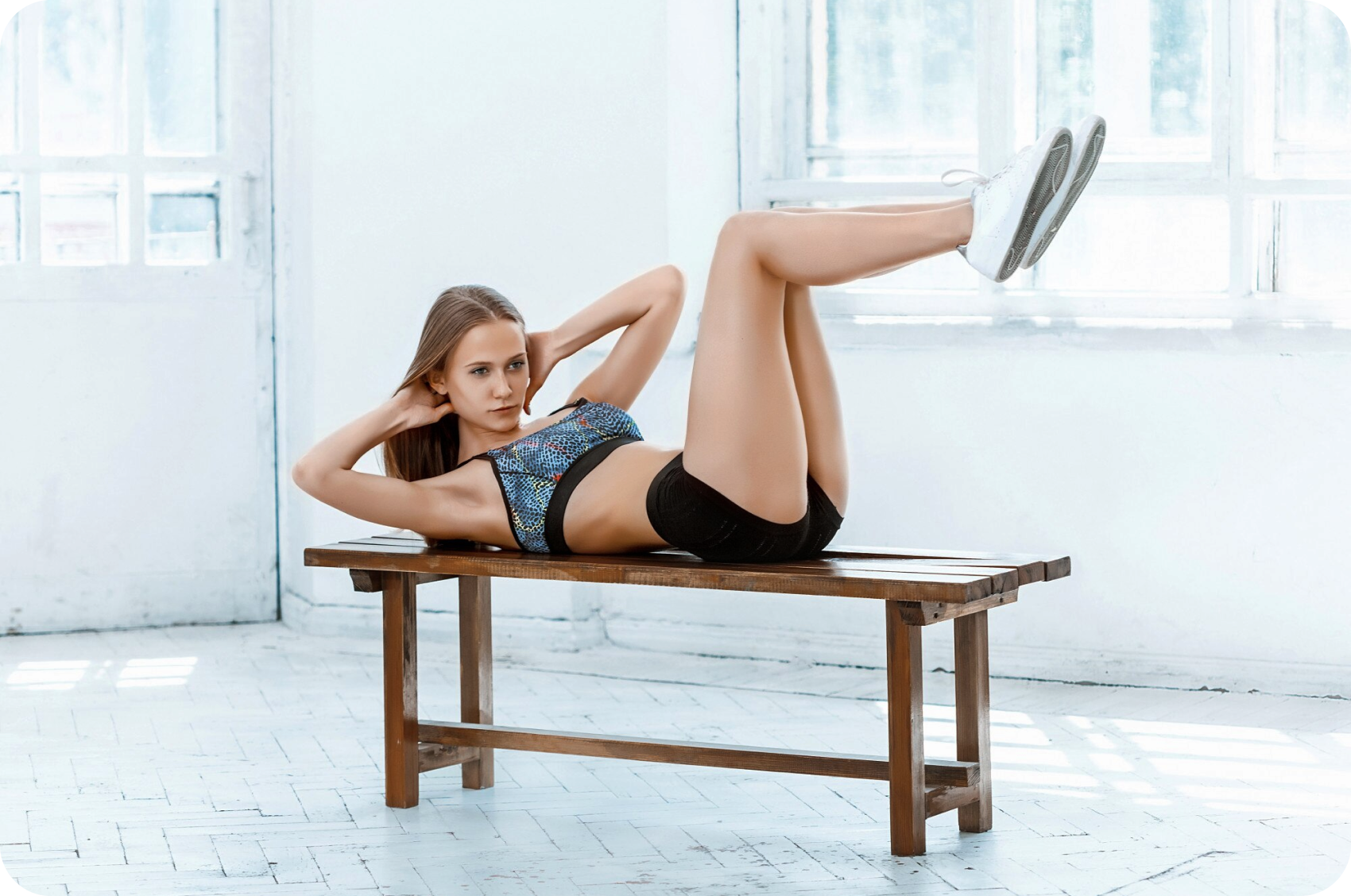
How to Train Upper Body Muscles
Upper body training includes exercise for your shoulders, chest, triceps, and biceps. Here are some exercises to consider.
Push-Ups
Start in a high plank, hands shoulder-width apart. Lower your chest close to the ground, elbows tucked in tight. Push back up to the starting position, keeping your core strong and back straight.
Push-ups strengthen your chest, shoulders, and triceps.
Pull-Ups
Grip the bar with palms facing out, wider than shoulders. Pull yourself up until your chin clears the bar, keeping your core tight and back straight. Lower yourself down slowly. Modify with a band or machine if needed!
This exercise works your back, shoulders, and biceps.
Shoulder Press
Hold a dumbbell in each hand at shoulder height. Press the weights overhead until your arms are fully extended, then lower them back down.
This is a great move to strengthen your shoulders and triceps.
Try to incorporate these exercises into your routine to improve the strength and endurance of the muscles you use while cycling.
You can consult a certified coach for guidance on proper form and technique.
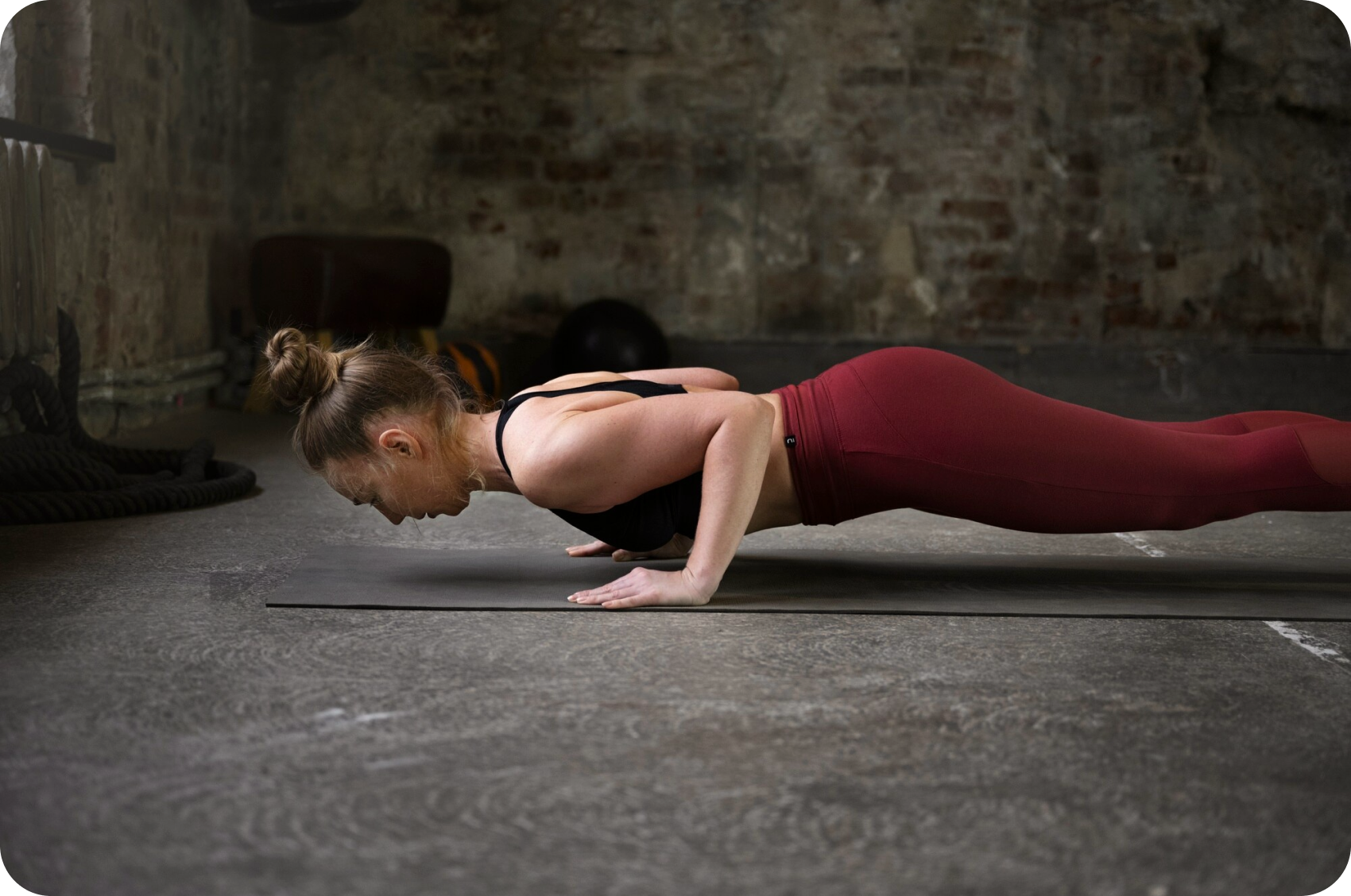
Specificity is Key
While traditional strength training is essential, incorporating cycling-specific exercises can further enhance your on-bike performance.
Consider adding the following drills to your cycling workouts:
Hill Repeats
Find a challenging incline and repeatedly ride up at high intensity. This builds strength and endurance in your legs for tackling climbs.
High-Cadence Drills
Focus on maintaining a fast pedaling rate with lower resistance. High-cadence drills improve your pedaling efficiency and power transfer.
Remember, consistency is key!
Aim for 2-3 strength training sessions per week alongside your regular cycling rides to see a significant improvement in your on-bike performance and overall fitness.
How Does Your Riding Style Change Which Muscles Work?
Your riding style can impact the muscle groups that are emphasized during cycling.
On a flat terrain, you primarily use your quadriceps, hamstrings, and calves.
The steady pedaling motion on flat ground engages these muscles to maintain a consistent speed.
On a hilly terrain, you mostly engage your glutes, quadriceps, and core muscles.
Climbing hills requires more power, so your glutes and quads work harder. Your core muscles stabilize your body to keep you balanced.
When cycling standing up, there is more emphasis on your glutes, calves, and upper body muscles (shoulders, triceps, and biceps).
Standing up shifts your weight and allows you to use your upper body to help push the pedals, especially when climbing or sprinting.
If you are riding sitting down, you engage the quadriceps and hamstrings.
Sitting keeps your weight centered, making your legs do most of the work in a controlled manner.
During high cadence runs, you train your quadriceps and calves.
Fast pedaling at a low resistance keeps the focus on these muscles for quick, repetitive movements.
When cycling at a low cadence, the glutes, quadriceps, and hamstrings are engaged.
Slow, powerful pedaling at high resistance engages more muscle groups for strength and power.
Adjusting your riding style allows you to target different muscles, making cycling a versatile workout for your entire body.
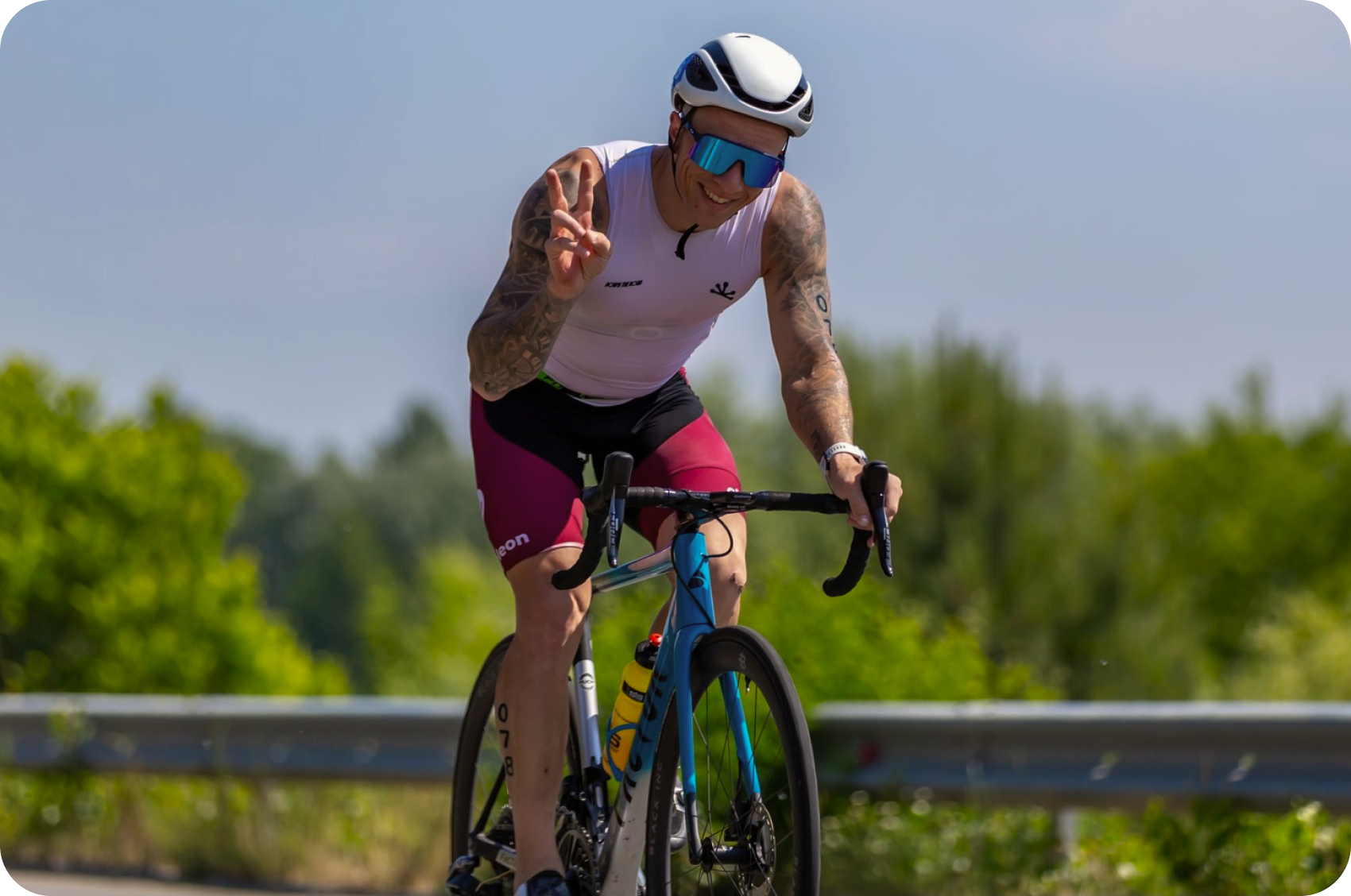
Conclusion
Cycling is a fantastic way to sculpt a strong and healthy physique.
From the quadriceps driving the pedals to the core muscles maintaining stability, this activity engages a multitude of muscle groups.
Don’t forget the importance of your hamstrings, glutes, calves, and even your upper body for optimal control and power transfer.
Remember, a well-rounded training program is key to unlocking your full cycling potential.
Supplement your rides with targeted strength exercises to build a strong foundation and prevent injuries.
When incorporating a balanced approach that addresses both your lower and upper body, you’ll be well on your way to becoming a more efficient and powerful cyclist.
So, hit the road (or the trainer!), and happy cycling!
